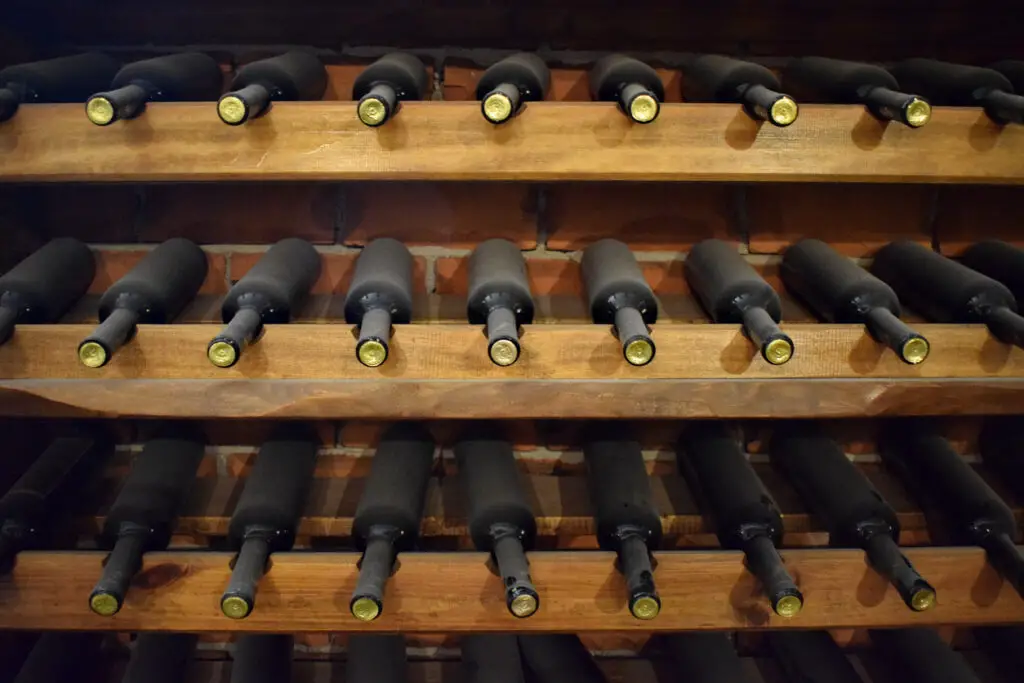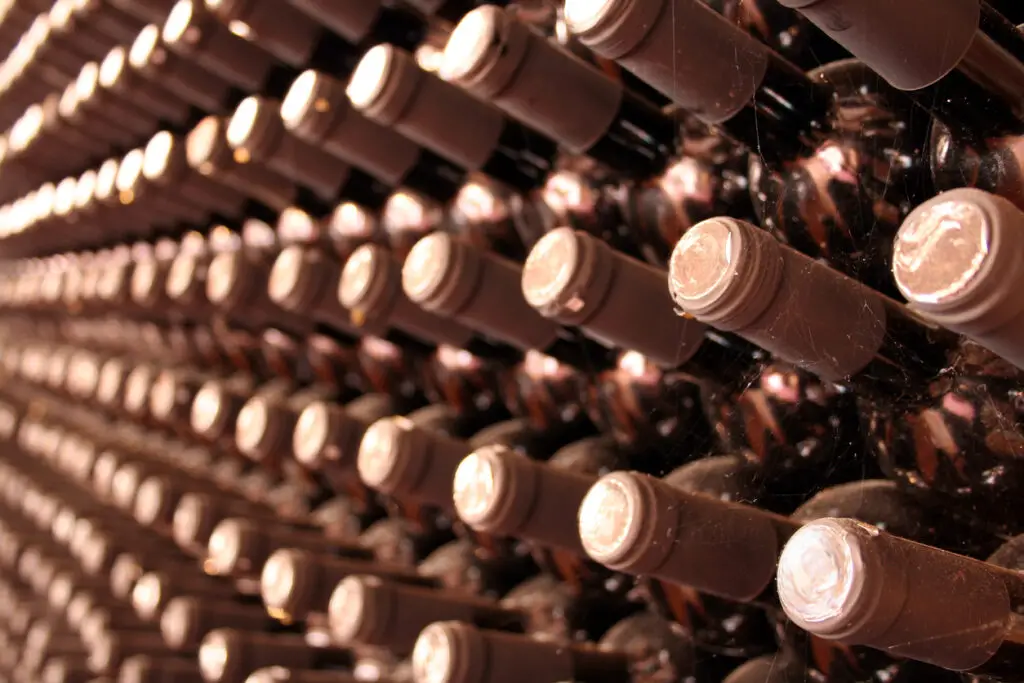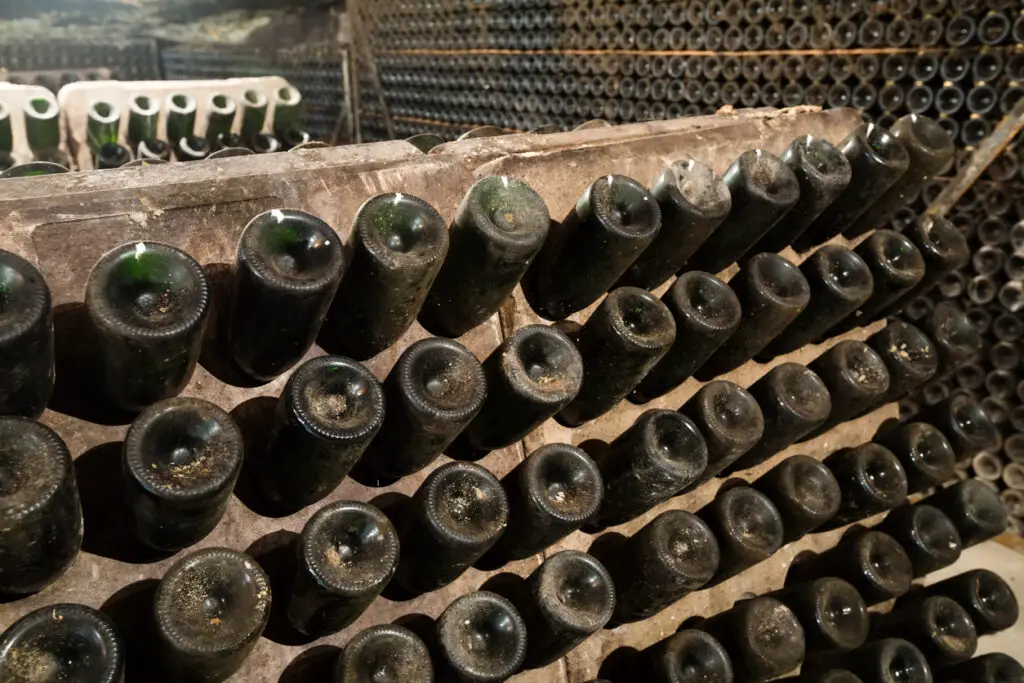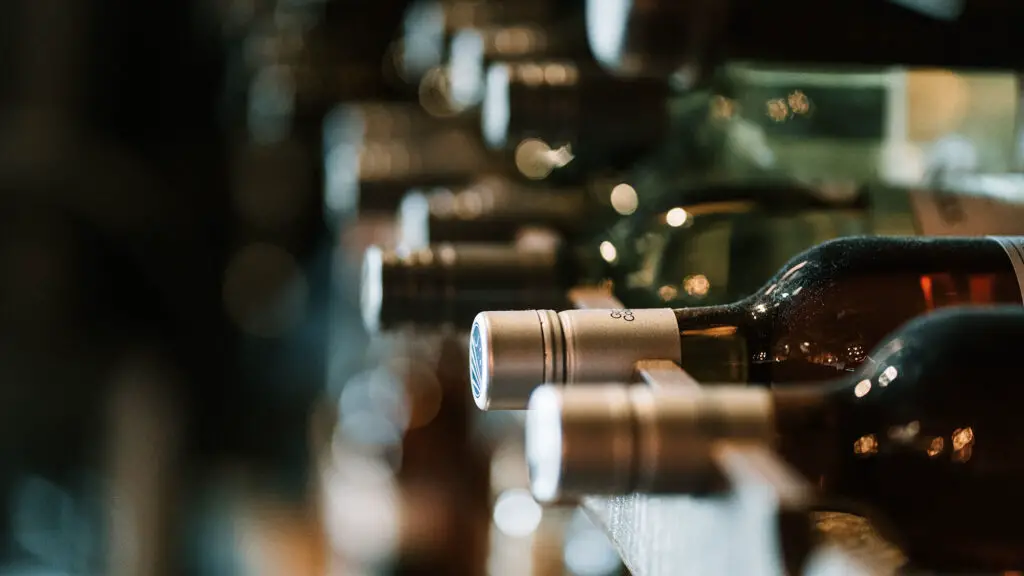Wine is a complicated topic that is intermingled with history, culture, agriculture, geology, and genetics. We can learn about wine by going deep into details, as it is not just another alcoholic drink in your bar. When one says “wine,” you immediately imagine grapes as wine is made from the fermented juice of grapes. Like any other food product, wine also has the habit of spoiling. So how do you to tell if wine is bad without opening?
There are three things to look for if you want to check if your wine is bad without opening it. If the color of the wine is too dark or muddy, this isn’t a good sign. If you manage to find a wine with the capsule already off, then a colored cork means your wine has surely gone bad. The last sign to look out for is fizz. If there is fizz present and your wine is supposed to be carbonated then it is best not to drink this wine.
Let’s dive into some interesting history about wine, and just what happens when it goes bad!
Legends Say…
If we go to the roots of wine origin there are many legends that are testifying its birth.
When we turn back time to the ancient days, the biblical legend in the book of Genesis of the Old Testament, says after the flood, Noah first landed on the Mount Ararat and planted the first grape wine tree yard.
And then from the harvest, he made wine. In the Bible, wine is considered as a present from God, and its abundance is a sign of blessing. People themselves are the “vineyard of God”, an image that extends to the New Testament, and from there to our days.
Author Note: Greek mythology tells that the god of wine Dionysus has discovered viticulture and spread it through the world (especially many parts of Asia). Dionysus had a lover named Ampelo. When she died, a vine branch grew from his veins.
So Dionysus squeezed a bunch of grapes from the vine producing a sweet juice that produced drunkenness: wine was born. With an interesting coincidence, Ampelography is the science that studies the varieties and characteristics of the vine.
The Story of Bacchus

Bacchus is the “favorite” god of wine of all time and he is Roman. Roman mythology says he was the one who transmitted his knowledge of how to plant vines and how to make wine to humans. The legend tells about Bachus’ trip and how he discovered a small plant growing, pulled it from the ground, and took it home with him.
Later he found a hollow bone of a bird and decided to put the plant in it and somehow the plant grew very fast and exposed its root. Then, after some time, he spotted a bone that belonged to a lion and Bacchus did the same and the plant grew again due to the fertility that he transmitted.
Finally, Bacchus found the third bone and again placed the plant there until he returned home. This plant eventually became a vine. And when Bachhos was teaching men the art of viticulture, he used the story of the three bones and through it explained that if the juice of the main plant is drunk reasonably, they would be happy and sing and enjoy life as birds do.
If they kept drinking more than they should, they would become lions and find trouble. If they drank even more wine, they would become donkeys, committing all sorts of stupidities.
The Story of Osiris
Osiris was a king and a god in ancient Egypt, and according to Egyptian mythology, he was the one who taught human beings how to take care of the vine, how to harvest, and how to make wine from grape juice.
Also, it is thought that it was his wife, Isis, goddess of agriculture, who was concerned about protecting and taking care of the process of winemaking in the first wineries. The Egyptian legend says that the blood of those who fought against the gods commingled with the earth, from which sprang up the first vines.
Persia has its own ancient culture of winemaking. Persian legend says that long ago a bird flew and dropped some seeds at the King’s feet. The King was the demigod Djemchid. Soon, from those seeds, a vine began to grow. The harvest was collected and stored in the royal garner and later transformed into wine.
Then the story continues a bit tragically as the queen of this king wanted to kill herself. She went to that garner and found the dark juice and immediately drank it. She thought it was poison.
Top Tip: The result was not that dramatic but very funny actually. She got drunk. And the servants who were sent to find the queen dead, saw her dancing and singing joyfully to their surprise.
According to Egyptian legend, this queen was the first person who got drunk from wine. Then the king Djemchid named this magic drink “Darou é Shah” which is translated as “the king’s remedy”. The linguists think that this name evolved to become Shiraz, a variety which originally came from the old region of Persia.
How Does Wine Goes Bad?

Maybe it is hard to imagine that such a divine drink can be spoiled but ç’est la vie․ In our day’s gods don’t sponsor the process of winemaking, so it can happen. After all, wine is fermented grape juice, so it’s hard to tell sometimes if your wine has gone bad or you just haven’t really acquired the palate to tell.
Anyway, it happens so let’s discover the process, then let’s learn how to tell if wine is bad without opening.
Sometimes, when you leave the bottle open, an inflow of oxygen can make a wine taste even more harmonic and expressive, strengthen the tones of its wine note flavors and smoothen them.
But if you leave it too long, around two days and more, oxidation can spoil your wine and this process will turn it into vinegar.
The spoiling process goes like this: first, fruit aromas fade, then the wine flavors turn dull and flat. All these follow with a sharp butter edge. There are occasions of wine going sour without you opening it. The cause can be poor packaging, i.e. when it is not that firm and air gets in any way (the reason can be a bad quality cork) or it can be expired.
Storing Conditions
Also, temperature is important. Usually, wine is stored not above 50 to 59 °F (10 to 15 °C). If the temperature is higher it will surely get sour and become vinegar.
The best way to be 100% sure that your wine is still good or is far beyond the point of being bad probably is to taste it. You should not have any hesitation, if it doesn’t taste delicious, it isn’t worth drinking.
Most wines are sweet and crisp. A sour-tasting wine is a blatant sign that the wine has gone bad.
Also if any flavor is missing or lacking in the wine, this is another alert that wine has gone bad.
How To Tell If Wine Is Bad Without Opening
So how can you tell if the wine is bad without opening it in the store when you want to buy it. Here we have some tips and tricks stored for you, so you can be sure you are buying the right one.
The Color Changes

When the bottle is closed, you still can see the color of the wine and so it is easy to tell if the wine is good or not without opening it. We mention here the color as you cannot smell or taste it while it is closed. For white wine, the bottle is usually transparent and you can see through clearly.
Author Note: When the wine’s gone bad, the white wine color darkens and turns brownish. It is easy for you to distinguish the pure color from the muddy.
When it comes to red wine, the bottle is darker colored, so you may think it is harder to see the color, but in case it’s bad the wine gets lighter and more brown. So it is possible to tell if wine is bad without opening causes no difficulties to recognize the real color from the bad one.
Cork Check
This method is kind of rude or not polite, as you have to cut the capsule of the bottle to see inside. You should look at the sides of the cork to see if the wine has colored it. If it is colored that means that the temperature made the wine age timelessly.
If you have bought this wine already or found it in your larder, don’t worry, you can use it in the dishes, as when you cook it, it is fine. It will not have a harsh taste when it’s used in the kitchen.
Fizz
This is maybe the most obvious sign that your wine is not in its best state. If the wine wasn’t meant to be fizzy, then it should not be fizzy. We say so, because the presence of fizz can be a sign of the second fermentation too, but if it is in the bottle and stored already, then that is not the case.
Farewell Toast
If you want your feast to be like the ones that Bacchus arranged for the ancient Romans, then you should be careful. You should choose the best wine that can be served. And if you want to get the best out of your wine bottles, then store them properly, and keep in mind how long they may last.
Use all the wine up fairly quickly once the bottle has been opened. But remember the bones of the three animals and avoid overusing the blood of the vine!
To living a full-bodied life,
Wesley

